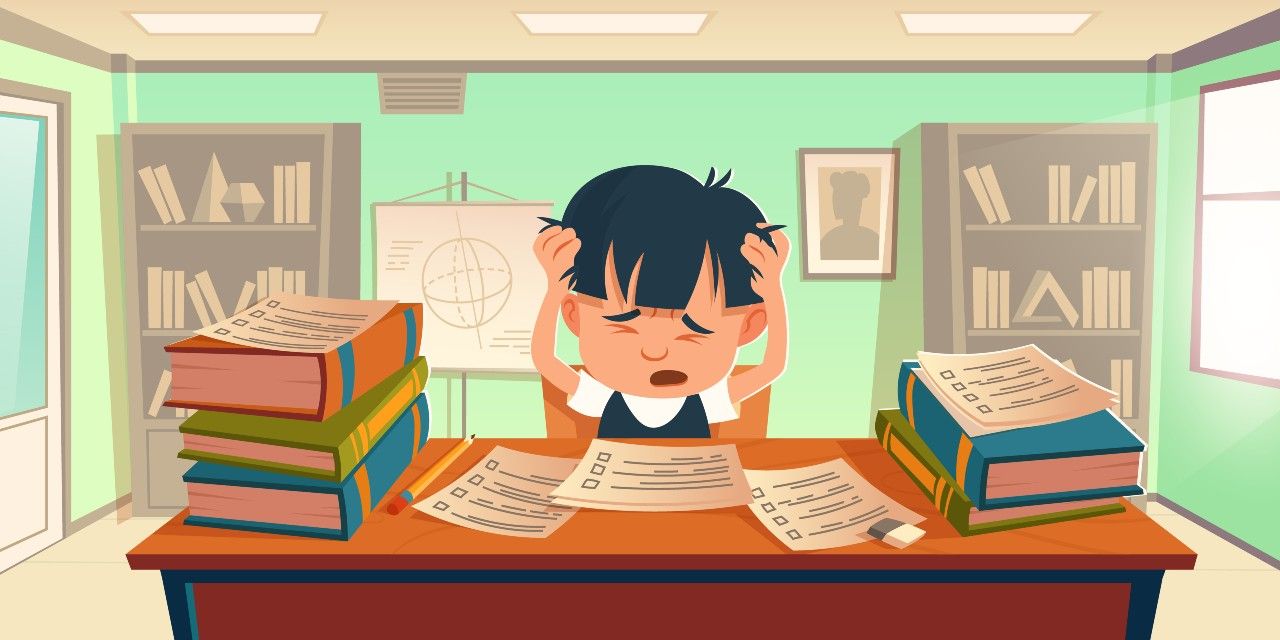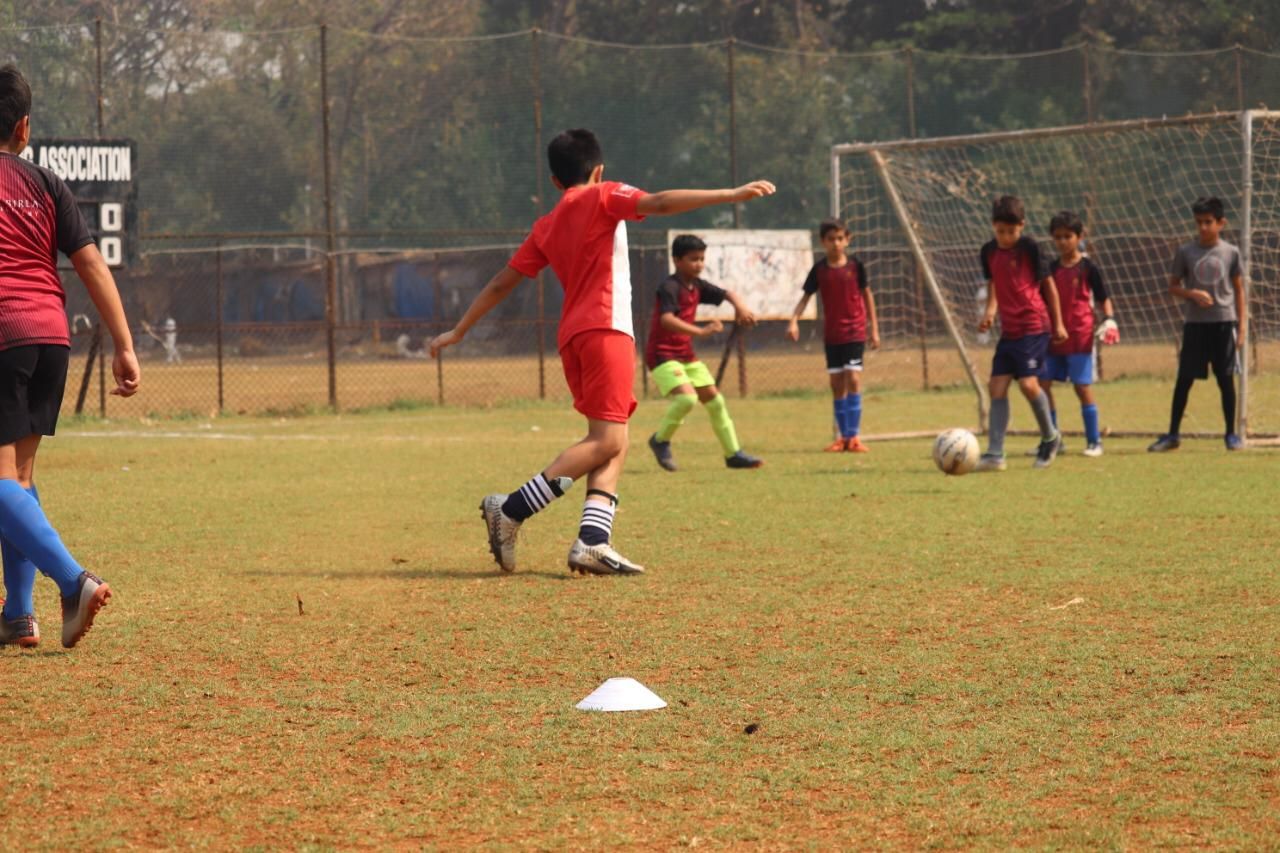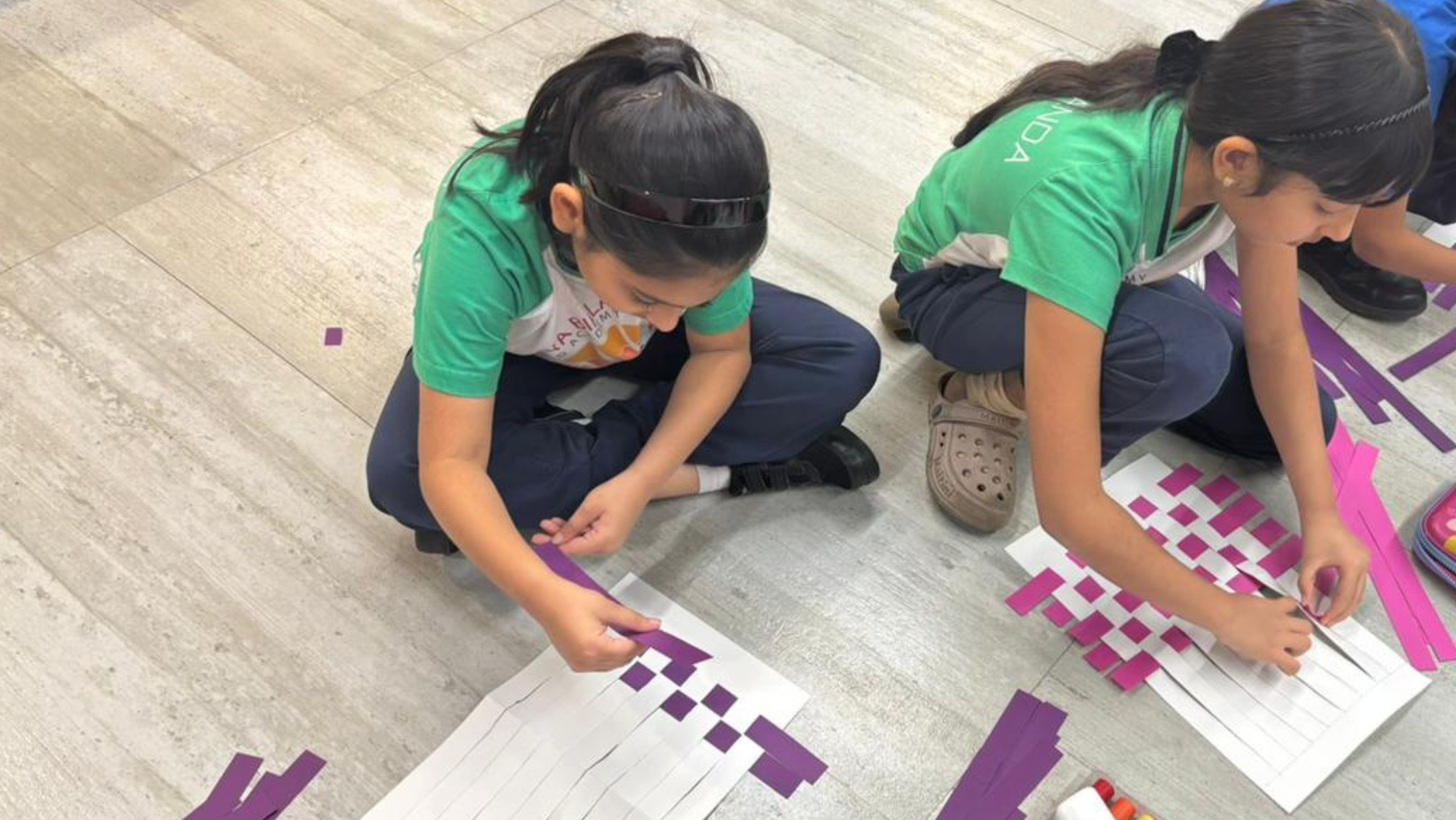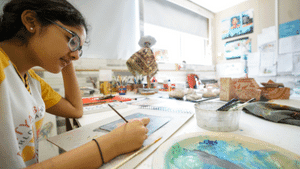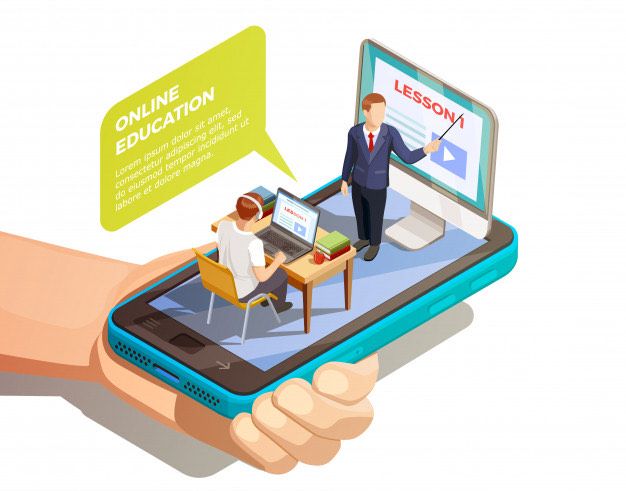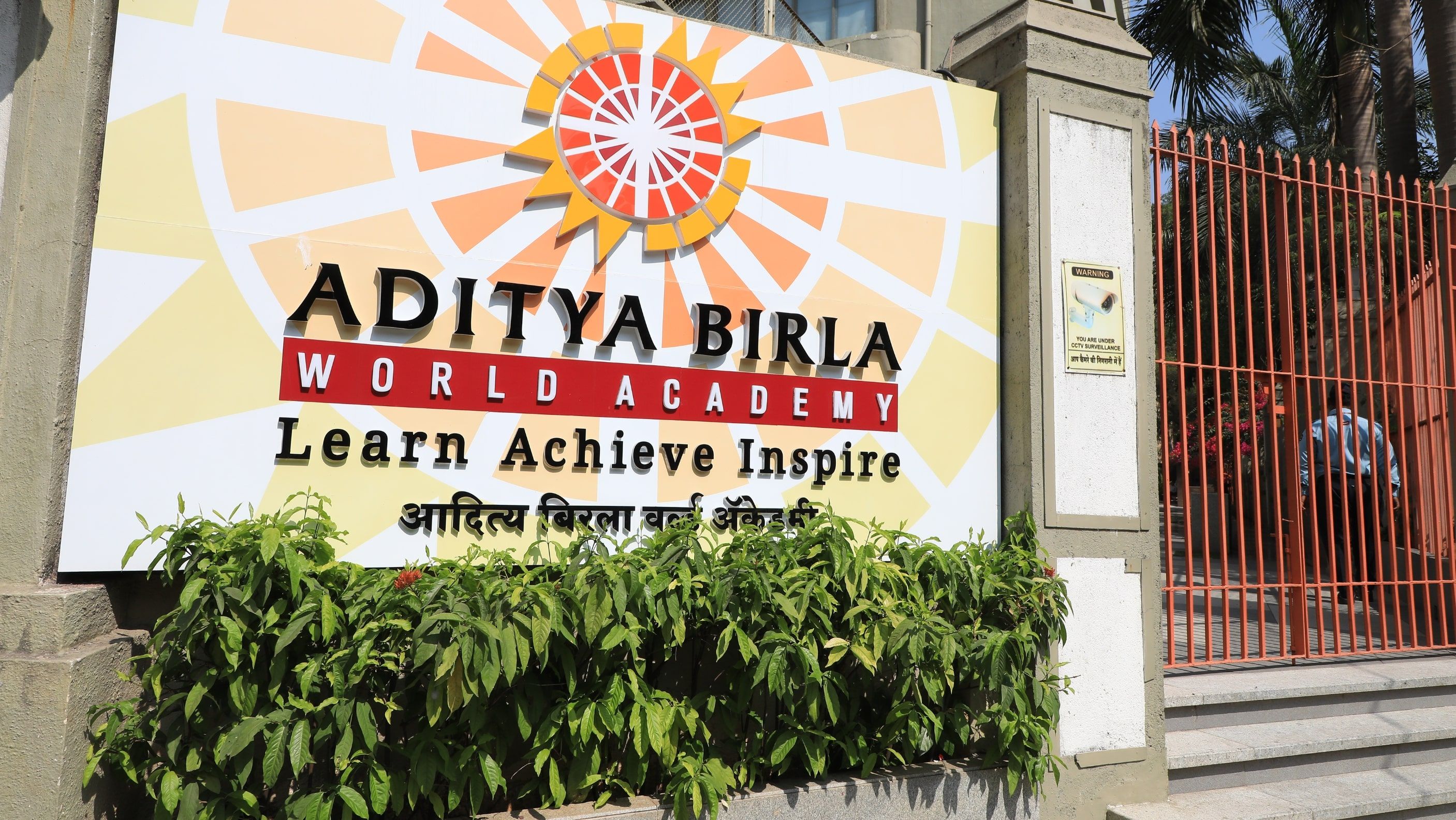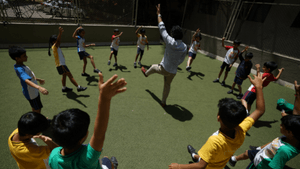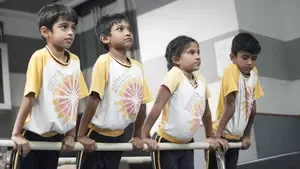The world today is incredibly interconnected. Whether it is through the Internet or technological advances in travel, moving from one place to another is quite comfortable. At such an age, students who are exposed to modern-day education should also be aware of international beliefs. The need to understand the customs and cultures that are part of global trends has been critical. Whenever there is a diversity in culture that needs to be studied, students should always take note of the topics. This is because learning more about it prepares them for globalization. Furthermore, the aim of all educational institutions pertaining to international laws and culture will be to promote an environment where the students are well aware of cultural diversity.
At present, no one can deny how impactful the diversity in culture is when it comes to education. On such a note, how can the students be prepared? That is what has been discussed below.
Preparing Students for a Globalized World
Most parents nowadays look to enrol their wards in the best possible schools that are well-versed with international curriculum. For example, residents of Mumbai and nearby regions will undoubtedly look for the best international school in Mumbai to get their children admitted. This is because such schools have a basic plan for preparing students for a well-admitted globalized world. Some of the best practices include-
- The best way to introduce the students and help them prepare for such a world is to give them enough exposure to global languages and different types of cultures. When the classroom has a great diversity of other cultures, it becomes effortless to get accustomed to new things. These include new customs, traditions, and languages. As the students spend more time in such an environment, their appreciation and understanding of the perspectives outside their own will increase. Thus, their horizons will be broadened significantly. Whenever students who come from different backgrounds meet, they help each other to understand their languages, cultures, customs, and beliefs. As a result, when these children grow up, they are already ready with a much more open outlook, which is good news for the collective globalized workforce.
- Another way to prepare students for a globalized world is to help them communicate with each other. Communication, when carried out in a cross-cultural platform, can reap great benefits. This way, the students understand each other much better. When more students communicate, they learn more about the diversity in culture that lies beyond their walls. As a result, barriers that may have been present without cultural understanding are gradually removed. Thus, respect and understanding go much deeper on a mutual level. When cultural barriers are removed, it becomes much easier for the students to help create a workforce that is ready for a globalized world.
- Modern-day education should also include international cultural diversity. This is a great benefactor when it comes to fostering critical thinking skills and boosting the problem-solving ability of the students. When new perspectives and variable viewpoints are presented in front of young minds, students are forced to think outside of the box. As a result, their creative thinking and critical thought process improve manifold. Whenever a globalized workforce is talked about, the ability to rationally thinks and solve problems along with analyzing them is of great importance. Thus, having such diversity in education is extremely necessary to ensure that students are ready to face a globalized world.
- Another benefit of international education is that it helps create and foster respect and empathy for each other. As students are exposed to global education, they also learn about new traditions and cultures. As a result, they start feeling respect for people from different backgrounds and have a sense of empathy towards them. Therefore, a new society was created, which began on the basis of inclusion and tolerance. This is essential for a world aiming to become globalized.
This brings us to our next question: How can schools, by incorporating international education in their curriculum, play an important part in preparing students for a globalized world?
Role of Schools in International Education
At present, most capital cities are already lining up with schools that are ready to follow international education for their students. There are over 1000 schools in Maharashtra, and among them, there are over 50 international schools in Mumbai alone. The process of education and systems within the region is changing, and to develop the students into significant individuals in society, global education has become highly crucial. Some of the main aspects of how schools like ABWA the international school in Mumbai should play a role in nurturing and implementing international education are as follows-
- Development of Curriculum:
Schools have a significant role in implementing or designing an international curriculum. The curriculum should align well with how international education will help align the needs of the students for a globalized world. Some of the critical factors include determining the content of the subject and learning the outcomes and assessment. It also includes how essential skills such as digital literacy, problem-solving, and critical thinking are for developing a proper international curriculum.
- Access Equitability:
It is to ensure that all students get equal access to international education. Irrespective of the students' socio-economic status, schools should always provide educational access to all. The aim is to provide education of standard quality, where location will not be a problem. In other words, any factor that can cause such disparities should be removed.
- Development and Training of Teachers:
To foster international education, schools should ensure that teaching staff are equipped with proper training, necessary resources, and professional development. This is absolutely necessary for fitting the curriculum with topics that actually help support student learning. Integration of technology and teacher training in modern-era pedagogical methods is required to do so.
- Evaluation and Assessment:
Schools and educational institutes should ensure that the assessment and evaluation processes are on point. This includes conducting rigorous and fair assessments of courses with integrated educational outcomes. The assessment methods need to be standard so that they help develop skills and academic knowledge.
- Social and Cultural Development:
Schools should not restrict their knowledge to academics only. An environment should be created where the development of emotional and social skills can also take place. As a result, international education should also include promoting respect for global diversity and addressing global problems. These include overcoming issues such as discrimination and bullying, all while encouraging collaboration and teamwork.
- Preparation to face challenges in the Future:
While upholding international education, schools should also ensure that students are prepared to face future challenges. Students should also be equipped with knowledge and skills so that their careers and higher education can thrive in a globalized world.
- Adaptation to Changing Needs:
Societal needs change constantly. Similarly, advancements in technology and research in educational fields should be easily adapted to educational systems. Schools should adopt and implement the changes needed to reform students so that engagement and learning outcomes improve significantly.
Conclusion
To conclude, preparing students to face a globalized world includes providing an international education that is diverse. When students are exposed to different languages and cultures, their understanding of the globalized world increases. At the best international school in Mumbai, teachers are committed to making sure that the students are ready to face a globalized world.






















